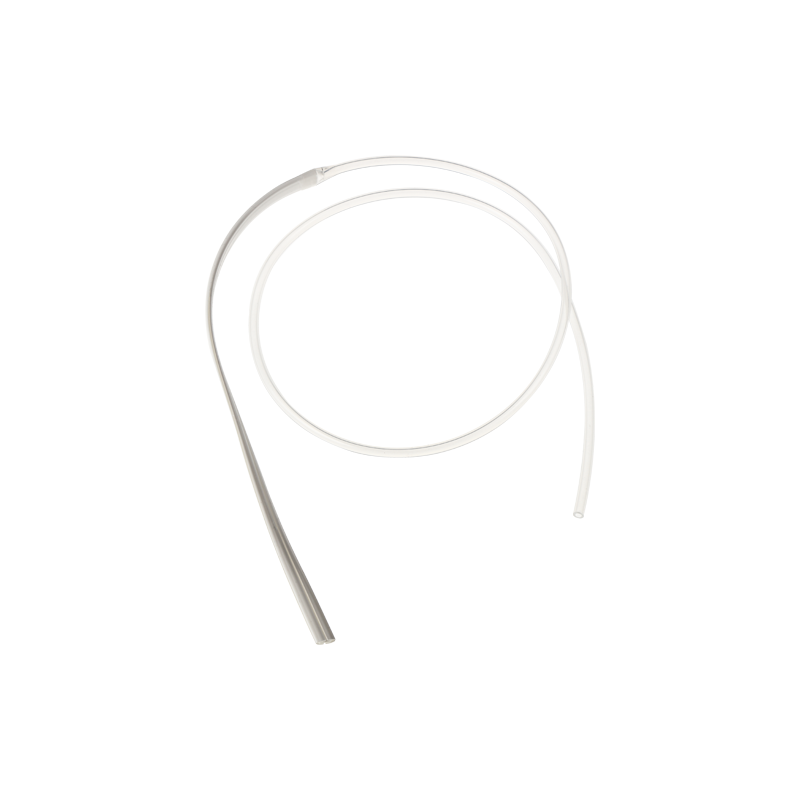Tianjin Honray Science and Technology Co., Ltd
Navigating the Regulations of Classy Medical Gas Delivery Systems: A Comprehensive Guide
Oct 10,2025
Navigating the Regulations of Classy Medical Gas Delivery Systems Table of Contents Understanding Medical Gas Delivery Systems Importance of Regulations in Medical Gas Delivery Key Regulatory Bodies and Standards Classification of Medical Gases and Their Applications Regulatory Compliance Requirements Design and Installation Standards for Medical Gas Systems Maintenanc

Navigating the Regulations of Classy Medical Gas Delivery Systems
Table of Contents
- Understanding Medical Gas Delivery Systems
- Importance of Regulations in Medical Gas Delivery
- Key Regulatory Bodies and Standards
- Classification of Medical Gases and Their Applications
- Regulatory Compliance Requirements
- Design and Installation Standards for Medical Gas Systems
- Maintenance and Safety Protocols for Medical Gas Delivery Systems
- Future Trends in Medical Gas Regulation and Compliance
- Frequently Asked Questions
Understanding Medical Gas Delivery Systems
Medical gas delivery systems are critical components in healthcare facilities, providing essential gases such as oxygen, nitrous oxide, and medical air to patients undergoing various treatments. These systems ensure that medical professionals can deliver the right gases at the right flow rates and pressures, which is vital for patient safety and treatment efficacy. The complexity of these systems requires a thorough understanding of their components, including pipelines, valves, regulators, and monitoring devices.
Importance of Regulations in Medical Gas Delivery
The regulations surrounding medical gas delivery systems are designed to protect patient safety, ensuring that healthcare providers use safe and effective methods to deliver gases. Compliance with these regulations not only safeguards patients but also minimizes legal liabilities for healthcare facilities and manufacturers of medical gas systems. Understanding these regulations is essential for maintaining high standards of care and upholding the integrity of healthcare services.
Key Regulatory Bodies and Standards
Several key regulatory bodies govern the standards and practices related to medical gas delivery systems:
- The Food and Drug Administration (FDA): Responsible for overseeing the safety and efficacy of medical gases as pharmaceuticals.
- The American National Standards Institute (ANSI): Establishes safety standards for the design, installation, and maintenance of medical gas systems.
- The National Fire Protection Association (NFPA): Sets guidelines for the safe storage and handling of medical gases.
- The Compressed Gas Association (CGA): Provides safety guidelines specific to compressed gases, including those used in medical applications.
Classification of Medical Gases and Their Applications
Medical gases are classified into several categories, each with specific applications in healthcare:
- Therapeutic Gases: These include oxygen and nitrous oxide, used for patient treatment and anesthesia.
- Diagnostic Gases: Gases like carbon dioxide are used for diagnostic procedures, such as laparoscopy.
- Monitored Gases: These gases, including medical air, require precise monitoring to ensure quality and safety.
Regulatory Compliance Requirements
Compliance with regulatory requirements for medical gas delivery systems involves several crucial steps:
Documentation and Record-Keeping
Healthcare facilities must maintain comprehensive documentation regarding the installation, maintenance, and inspection of medical gas systems. This includes keeping records of compliance with manufacturer specifications and regulatory standards.
Regular Inspections and Testing
Routine inspections and testing are necessary to ensure that medical gas delivery systems function correctly. This includes pressure tests, flow rate measurements, and leak detection to confirm system integrity.
Training and Certification
Healthcare personnel involved in operating and maintaining medical gas systems must receive adequate training. Certifications from recognized organizations ensure that staff members are equipped with the necessary knowledge and skills to handle medical gases safely.
Design and Installation Standards for Medical Gas Systems
The design and installation of medical gas delivery systems must adhere to specific standards to ensure patient safety. Key considerations include:
System Layout and Design
The layout of medical gas systems must facilitate easy access for maintenance while ensuring patient safety. This includes strategic placement of outlets, alarms, and shut-off valves.
Material Selection
Choosing the right materials for pipelines and components is critical to prevent corrosion and contamination. Common materials include copper, stainless steel, and specific polymers that meet regulatory standards.
Implementation of Safety Features
Safety features such as alarm systems for pressure drops, color-coded pipelines for gas identification, and emergency shut-off valves are essential components of any medical gas delivery system.
Maintenance and Safety Protocols for Medical Gas Delivery Systems
Establishing robust maintenance and safety protocols is vital for the longevity and reliability of medical gas delivery systems:
Regular Maintenance Schedules
Healthcare facilities should implement regular maintenance schedules to inspect and service medical gas systems. This includes checking for leaks, verifying flow rates, and ensuring all safety devices function correctly.
Emergency Procedures
Having clear emergency procedures in place ensures that staff can respond effectively to any incidents related to medical gases. This includes having contingency plans for gas supply interruptions or equipment malfunctions.
Employee Training Programs
Continuously training employees on the latest safety practices and regulatory changes is essential. Regular training sessions help reinforce safe handling practices and ensure compliance with current regulations.
Future Trends in Medical Gas Regulation and Compliance
The landscape of medical gas regulations is constantly evolving. Future trends may include:
Technological Advancements
Emerging technologies, such as smart monitoring systems and automated alerts, are likely to enhance the safety and efficiency of medical gas delivery systems.
Increased Regulatory Scrutiny
As the healthcare industry becomes more focused on patient safety, regulatory bodies may implement stricter compliance measures. Staying informed about these changes is crucial for healthcare facilities.
Sustainability Initiatives
Environmental concerns are leading to a push for sustainable practices in medical gas delivery, including the use of eco-friendly materials and more efficient systems to reduce waste.
Frequently Asked Questions
What are the most common medical gases used in healthcare?
The most common medical gases include oxygen, nitrous oxide, carbon dioxide, and medical air.
How often should medical gas systems be inspected?
Medical gas systems should be inspected at least annually, but more frequent inspections may be necessary based on facility protocols and regulatory requirements.
What are the consequences of non-compliance with medical gas regulations?
Non-compliance can lead to severe consequences, including fines, legal liabilities, and jeopardized patient safety, which can impact a facility's reputation.
Who is responsible for ensuring compliance in a healthcare facility?
The responsibility for ensuring compliance typically falls on the facility's management, with designated personnel overseeing the implementation of safety protocols and regulatory adherence.
What training do staff need for handling medical gases?
Staff should receive training on the safe handling and storage of medical gases, understanding their properties, and emergency procedures related to gas delivery systems.
Conclusion
Navigating the regulations of classy medical gas delivery systems is essential for ensuring patient safety and maintaining compliance in healthcare environments. By understanding the regulatory framework, implementing best practices in system design, installation, and maintenance, and staying abreast of future trends, healthcare facilities can enhance their operational efficiency and safeguard the well-being of their patients. As the landscape continues to evolve, ongoing education and adaptation to new regulations will be key to success in this critical aspect of healthcare delivery.
PREVIOUS:
Contact Us
E-mail :
sales@jm-intl.com
Phone/WhatsApp:
+86 15201315855
Address:
Room 7-8, 9-1013, Building 13, Kangsheng Plaza, East of Guangxian Road, Xiazhuzhuang Sub-district, Wuqing District, Tianjin City










